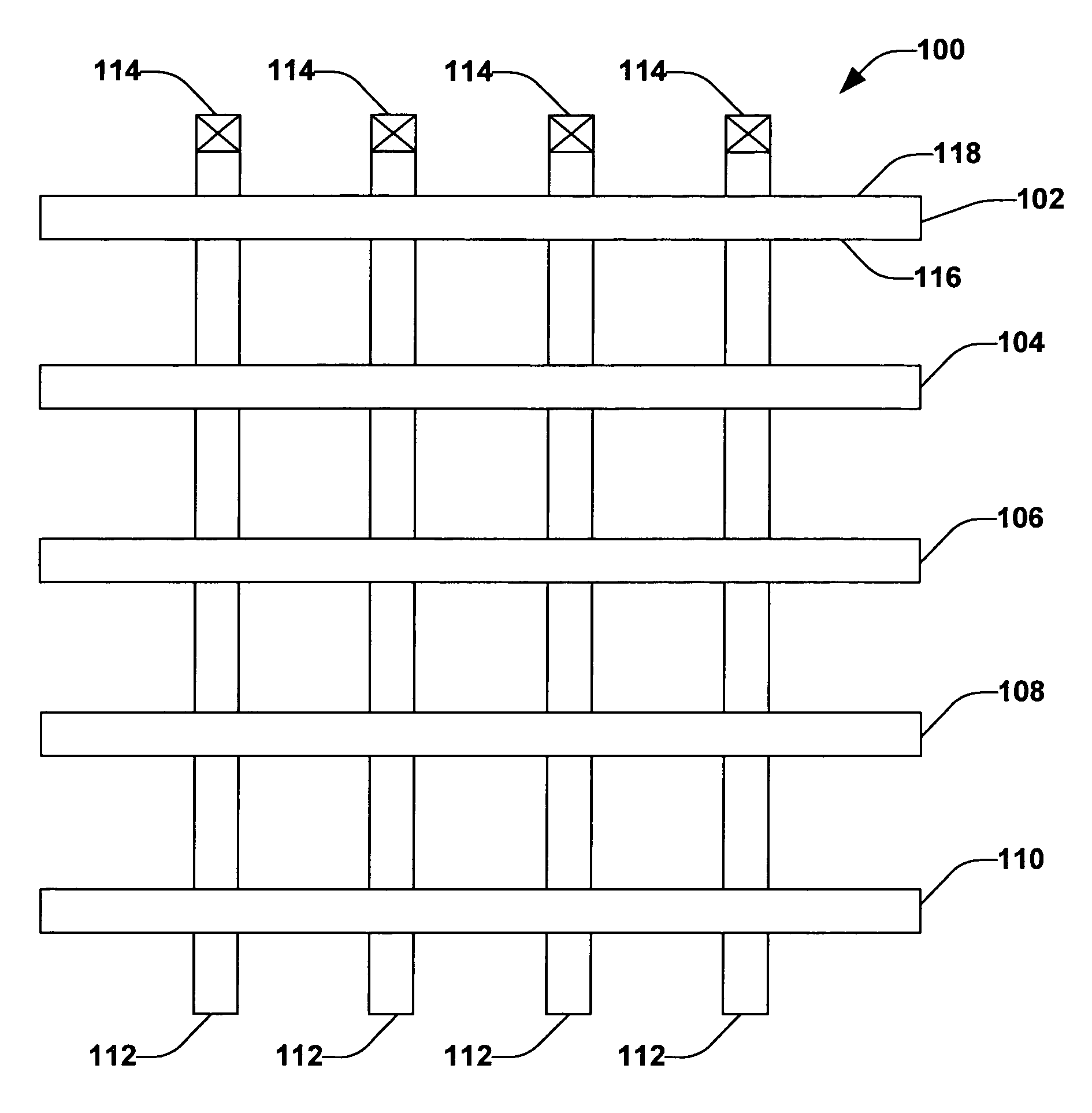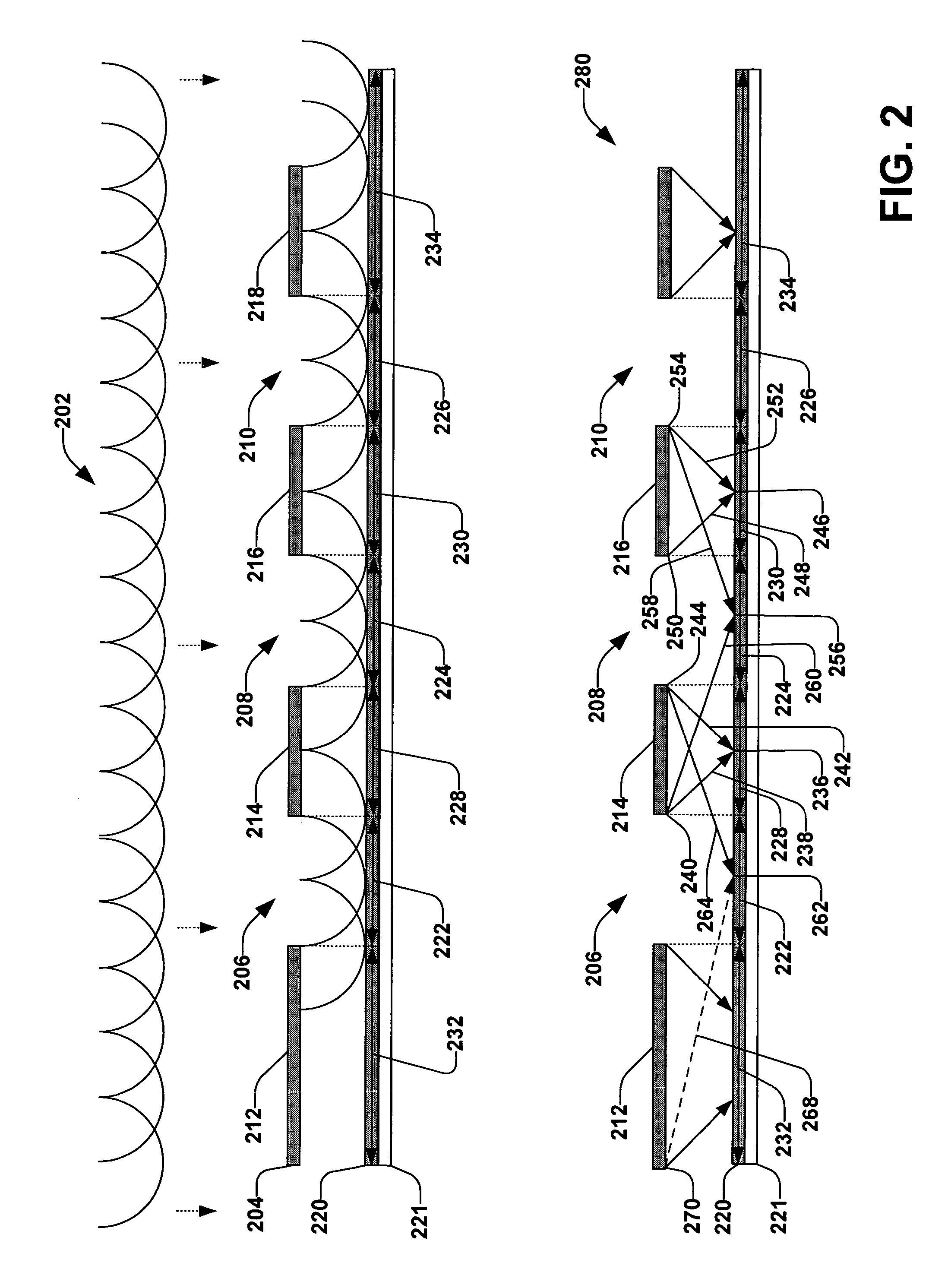Process margin using discrete assist features
a technology of assist features and process margins, applied in the field of process margins using discrete assist features, can solve problems such as negative impact on system yield
- Summary
- Abstract
- Description
- Claims
- Application Information
AI Technical Summary
Benefits of technology
Problems solved by technology
Method used
Image
Examples
Embodiment Construction
[0030]The invention will now be described with reference to the drawings, wherein like reference numerals are used to refer to like elements throughout. The invention will be described with reference to systems and methods that facilitate providing a discretized scatterbar that improves process margin. The discretized scatterbar provides the benefits of more consistent critical dimensions for semi-isolated features without the formation of a resist residue. It should be understood that the description of these exemplary aspects are illustrative and should not be taken in a limiting sense.
[0031]The term “component” can refer to a computer-related entity, either hardware, a combination of hardware and software, software, or software in execution. For example, a component can be a process running on a processor, a processor, an object, an executable, a thread of execution, a program and a computer. By way of illustration, both an application running on a server and the server can be co...
PUM
| Property | Measurement | Unit |
|---|---|---|
| wavelength | aaaaa | aaaaa |
| wavelength | aaaaa | aaaaa |
| wavelength | aaaaa | aaaaa |
Abstract
Description
Claims
Application Information
 Login to View More
Login to View More - R&D
- Intellectual Property
- Life Sciences
- Materials
- Tech Scout
- Unparalleled Data Quality
- Higher Quality Content
- 60% Fewer Hallucinations
Browse by: Latest US Patents, China's latest patents, Technical Efficacy Thesaurus, Application Domain, Technology Topic, Popular Technical Reports.
© 2025 PatSnap. All rights reserved.Legal|Privacy policy|Modern Slavery Act Transparency Statement|Sitemap|About US| Contact US: help@patsnap.com



